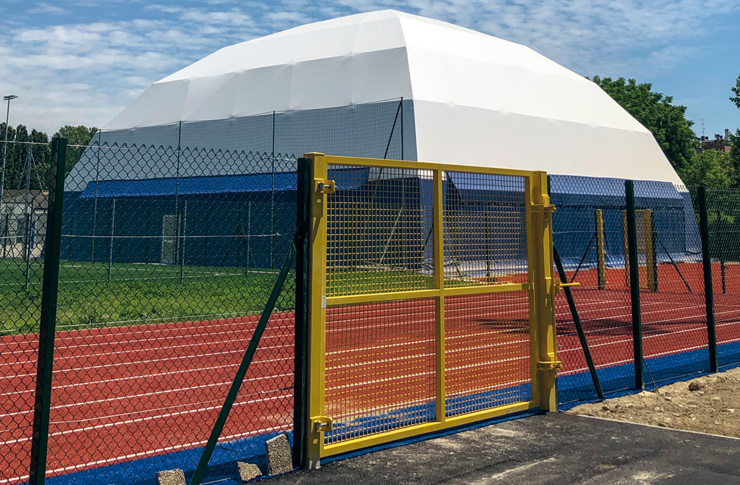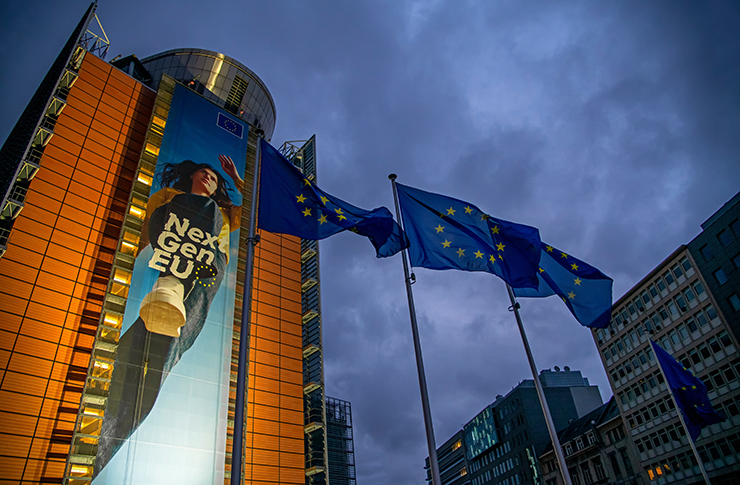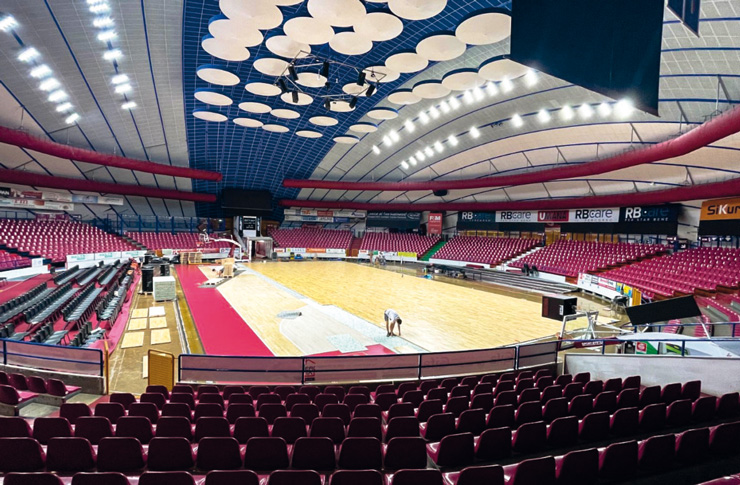While some projects were (rightly) rejected, this does not mean that the European Plan is not an opportunity to improve the offer of sports facilities in our country.
The PNRR and sport
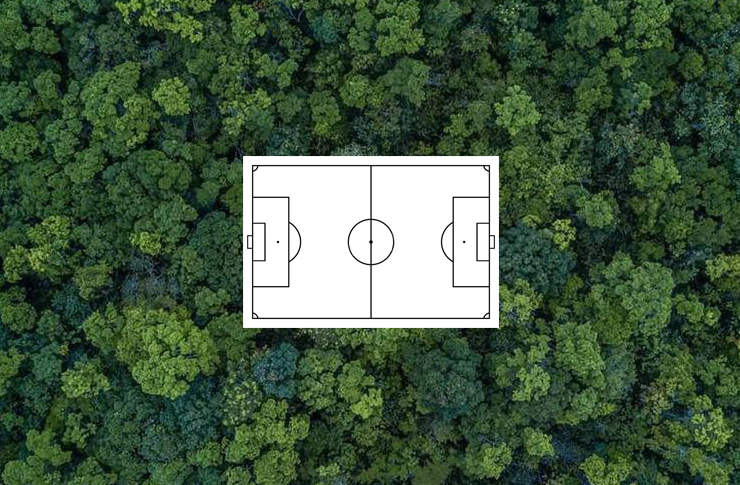
(Background image taken from the presentation of the ‘Bosco dello Sport’ of the Metropolitan City of Venice).
In the aftermath of the European Commission’s rejection of two substantial sports projects that had been included in the PNRR (the Bosco dello Sport in Venice and the Artemio Franchi in Florence), some newspaper headlines unfairly implied that Europe opposed the use of EU funds to build large sports facilities.
The story is well known: the two operations had been candidates to take advantage of funds earmarked for the rehabilitation of degraded urban areas, but the related projects did not meet that objective at all (and we had reported this on these pages a year ago: see Tsport 346). Italy’s flippancy in imaginatively interpreting the rules of the game was thus rejected.
But the Plan for the Use of European Funds is anything but ungenerous toward sport. Let us recall that two major lines have been underway for some time: that for school gyms and that aimed at social inclusion through the construction or upgrading of sports facilities.
With calls for tenders divided into “clusters” differentiated by recipient (municipalities with different population size), more than 700 million have been allocated through the latter “line”; to which must be added all the interventions that, meeting the requirements, may include sports facilities even if they concern broader issues, such as Integrated Urban Plans to which the two rejected projects belonged.
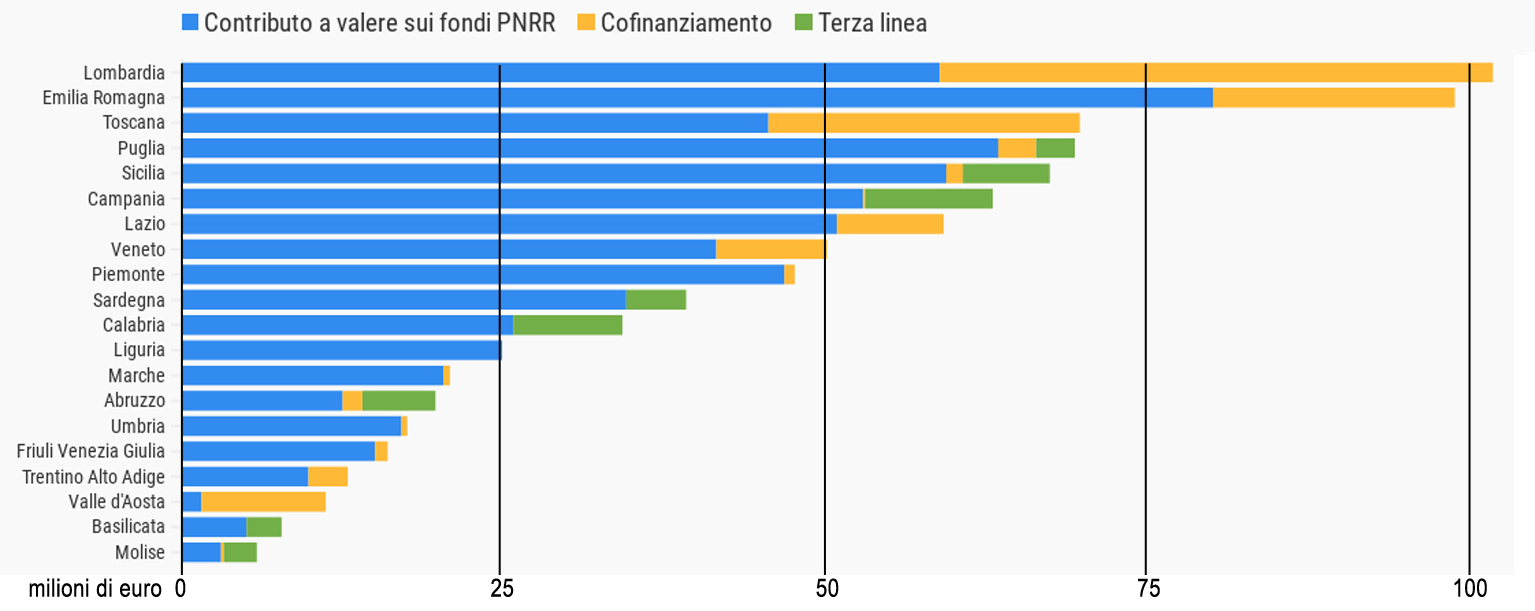
Distribution by regions of interventions for sport financed with PNRR funds (elaboration by openpolis.it on data from the Department for Sport).
Calls for tenders follow one another at a rapid pace in an attempt to meet the timelines dictated by European rules, and there remains a well-founded fear that some of the resources will not be able to be exploited because of the difficulty of meeting commitments in terms of design and, subsequently, implementation in time: the result in part also of excessive dispersion (there has been a lack of a coordinated organic plan, in favor instead of a free-for-all race to grab the crumbs).
But the occasion will nonetheless make it possible to take some steps forward in improving the sports offer, at least giving a boost to projects , large and small, often already in the drawer, which with the PNRR have one more opportunity to be brought to fruition.






